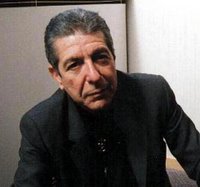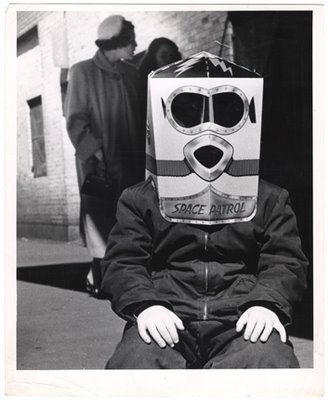Anyone who starts a blog probably began by reading many of them, and I am no exception. Beyond high-traffic sites like Gawker, I was routinely checking out Chowhound (for restaurants) and Brownstoner (real estate). Soon I was bookmarking dozens of sites and reading them daily. Most blogs would have a column of links to these other places, something I haven't done yet out of laziness and indecision - sort of my life's motto. If I did, though, the following would be my top candidates.A million would-be food writers
It started out with food blogs: Specifically, a link from the ever-informative
NYC Nosh led me to
The Girl Who Ate Everything, which was my favorite for a long time. Written by a 20-year-old Chinese-American NYU student with a self-deprecating sense of humor and apparently boundless energy, it is an antidote to cloying food blogs like
Chocolate & Zucchini and
Orangette; the latter two are more like women's magazines (Orangette recently announced her engagement with a photo of her ring), and have legions of fans who comment enthusiastically on every post with the kind of adulation usually reserved for Latin pop stars or saints.
I soon ventured further afield, to
Blue Lotus, written by a Canadian woman living (and cooking) in "exotic suburban Tokyo." I also like the charming
Milk & Honey, written by a Southern California woman, maybe because we have the same taste in food and music (Plum Galette
and Belle and Sebastian).
Meanwhile, where were all the art blogs?
It sounds strange, but it took a little while to find the art blogs. A couple of bloggers seem most influential in terms of Web traffic:
Ed Winkleman, who runs Chelsea's Plus Ultra Gallery and explores provocative topics (in art
and politics) that attract large numbers of comments, and the very plugged-in Tyler Green of
Modern Art Notes, who is based in Washington DC and has written extensively for the mainstream media.
Also influential is
Anonymous Female Artist, who trashes the male-dominated art world in about as articulate and informed a manner as you could hope to find, with plenty of salty language and dead-on insight. ("For a while now, painters have either been participating in the re-investigation of personal allegory or watching it unfold from the periphery. Either way, we've all noticed mature artists turning inward; building narrative directly from the experience of painting..." Or "I wish we'd all stop giving irony so much undue attention. The 90s were ironic, in the true sense of the word, but I don't think artists are still using it the way critics claim they are. I think irony now, at least in mature art, is unintentional - the byproduct of insecurity; the dilemma of how to move forward...")
Another fearless art blogger is Paddy Johnson of
Art Fag City, who voices candid opinions about contemporary artists and industry trends - for example, the proliferation of imitators in the wake of the phenomenally successful young painter Dana Schutz. This kind of candor is glaringly missing from the scores of artists' blogs, most of which resemble personal journals or online meeting places for friends.
Art Soldier Jason Laning is an artist, but I wouldn't be surprised if he becomes a successful writer - he comes across as affable and sardonic.
Not all art blogs have any writing at all - rather, they are entirely driven by the comments.
PaintersNYC operates on a simple but genius idea: Each day, a new painting is posted, and commenters are free to admire, criticize, pontificate, and trash ("I love the cheesy faux spirituality," "there's no scarier combination than good technical skill and bad taste," or "I wish her work was as interesting as her outfits"). The comments were becoming heated and even cruel, with personal attacks among the commenters, until some controls were implemented. Some people mourn the old days.
Other successful art blogs cover specific aspects of the art world, such as collecting. Lisa Hunter's
Intrepid Art Collector tackles the specifics of building a contemporary art collection, but devotes plenty of space to other interests and issues.
Well, this could go on and on, and I have to end somewhere. I've got a lot of blogs to read!




















